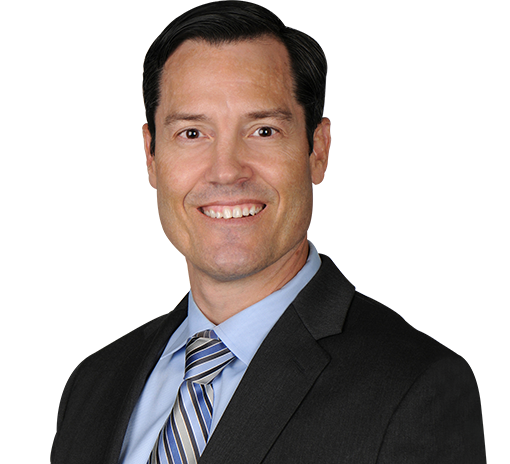Tennis Elbow
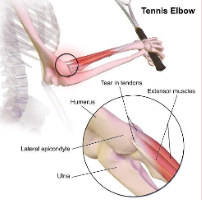
What is it?
Also called lateral epicondylitis, tennis elbow is caused by overuse of the elbow from an activity like playing tennis or other racquet sports. Employment in painting, plumbing, and carpentry are also prone to this injury. Thisoveruse causes the elbow tendons to become inflamed around the outside of the elbow and forearm.
The specific muscles and tendons involved are those of the forearm, allowing for extension of your wrist and fingers. The extensor carpi radialis brevis (ECRB) muscle helps stabilize the wrist when the elbow is straight. Overuse may weaken this muscle and even cause miscroscopic tears, leading to inflammation and pain.
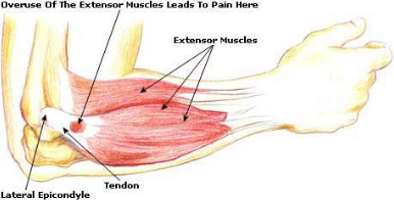
Symptoms include pain or burning on the outside of the elbow and weak grip strength. As the injury gets worse the body’s repair processes do not work normally and the tendon goes through a degenerative process, creating this symptomatic pain.
Treatment
Non Surgical
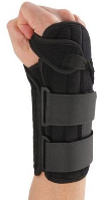
80-95% of patients have success with nonsurgical treatment. This includes resting the elbow for several weeks and non-steroidal anti-inflammatory medicines including aspirin or ibuprofen to reduce swelling. It may also be suggested to get your equipment checked to ensure the proper fit.
Physical therapy exercises may be helpful in strengthening the muscles of the forearm. A cock up wrist splint on the forearm may also be suggested.
Prsteroid Injection
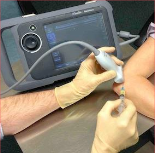
- Ultrasound guided steroidal injections can be very effective to relieve symptoms.
- This is a readily available treatment in the office which provides immediate relief.
- An ultrasound is used to allow precise placement of the injection.
Platelet-rich Plasma Injections
- Platelet-Rich Plasma (PRP) is another non-surgical treatment option in which the patient’s own platelets are activated an injected into the injured tissue to speed up the healing process.
- Platelet activation is a key step in promoting soft tissue healing.
- PRP is preparedin the clinicby drawing blood from the patient. The blood is then spun in a centrifugeto separate out the platelet-poor fluid, a platelet-rich layer, and a layer of red blood cells. The platelet-rich layer contains activated platelets at a high concentration and is then injected into the painful area.
- Ultrasound guidance may be used to allow precise placement of the injection.
- While the procedure may be performed in the clinic, it is not immediately available. Few insurers cover PRP injections, so patients must pay out of pocket.
- The injection may provide more intermediate to long-term relief (2months –1 year) as opposed to the short-term relief of steroidal injections.
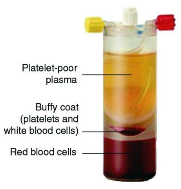
Surgical, Closed
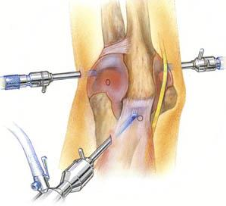
f symptoms do not respond after 6-12 monthsof non-surgical treatment (i.e. physical therapy or injections), arthroscopic surgery might be necessary. This includes debridement, or the removal of injected or injured tissue, of the ECRB. This is a minimally invasive procedure by inserting an arthroscope through small holes to visualize the injury and remove the degenerate tissuewithout open surgery.
Surgical, Open
In selective cases open surgery is necessary to conduct debridement of the degenerative tendon and repair.

